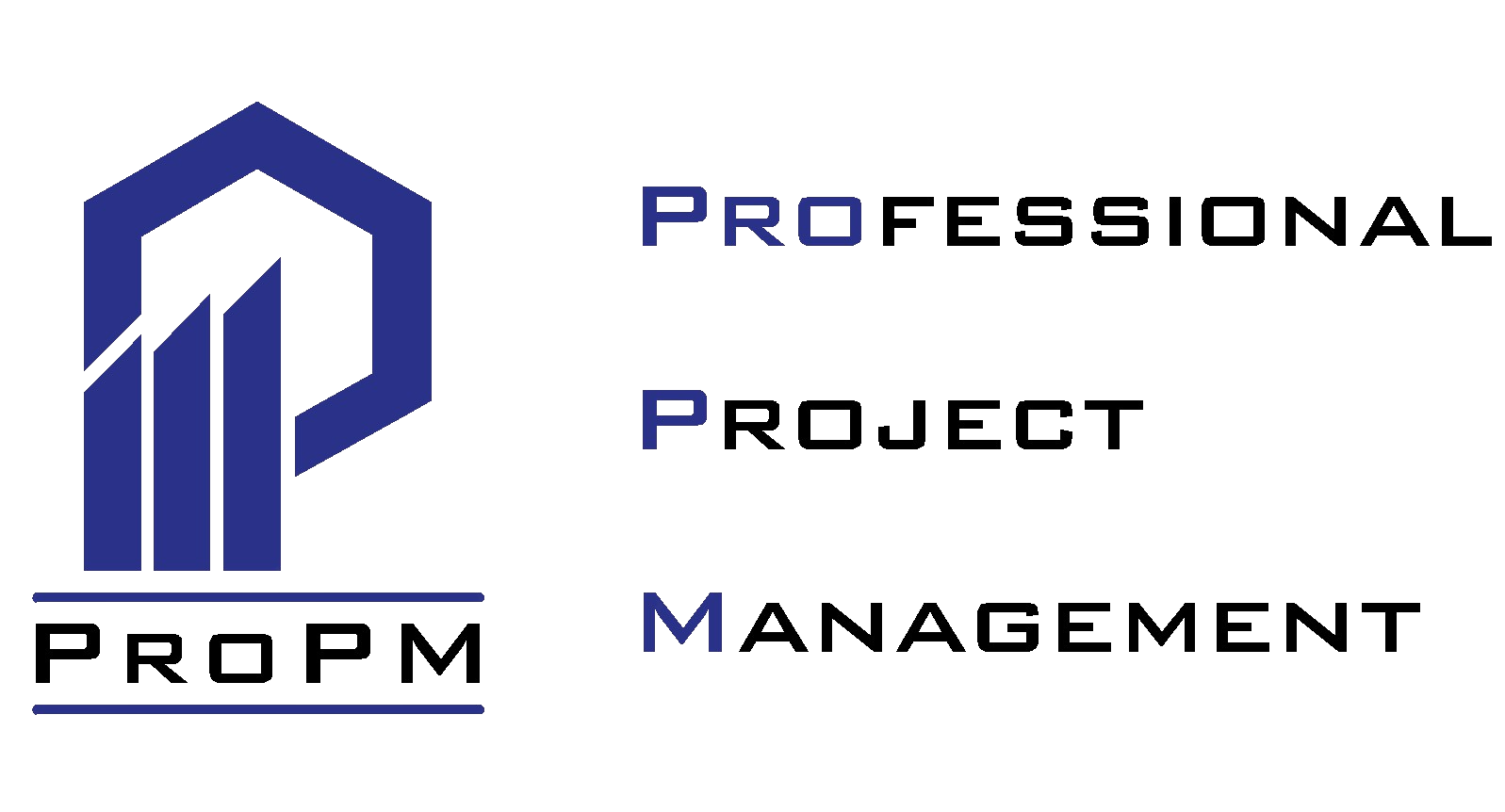Increasing environmental problems create an even more urgent need to make industrial production processes sustainable. Therefore, green factory design is gaining more and more importance. Green factory design is a design approach that aims to provide more efficient use of natural resources and sustainability by reducing the environmental impact of industrial facilities.
The main aim of green factory design is to promote sustainable practices such as energy saving, waste reduction, water conservation and conservation of natural resources by minimizing environmental impact. To this end, the following factors are considered in the green factory design process:
Increasing environmental problems create an even more urgent need to make industrial production processes sustainable. Therefore, green factory design is gaining more and more importance. Green factory design is a design approach that aims to provide more efficient use of natural resources and sustainability by reducing the environmental impact of industrial facilities.
The main aim of green factory design is to promote sustainable practices such as energy saving, waste reduction, water conservation and conservation of natural resources by minimizing environmental impact. To this end, the following factors are considered in the green factory design process:
- Site Selection: The green factory design process considers the conservation and optimal use of the natural resources around the factory. In addition, factors such as the soil structure around the factory, climatic conditions and water resources are also taken into account.
- Energy Conservation: Green factory design encourages energy-saving practices. These applications include solar power, wind power, biomass power and the use of energy efficient equipment.
- Waste Reduction: The green factory design process includes practices that promote waste reduction and recycling. Thanks to these practices, the amount of waste in factories can be reduced and natural resources can be protected.
- Water Saving: The green factory design also includes applications that will save water. These applications include water recycling, rainwater collection and reuse, and the use of water-saving equipment.
- Conservation of Natural Resources: Conservation of natural resources is also an important factor in the green factory design process. For this purpose, more efficient use of natural resources is encouraged by reviewing factors such as the material use of the factories, the production process and product packaging.
Green factory design reduces the environmental impact of industrial facilities, enabling a more sustainable use of natural resources. In this way, environmental problems such as environmental pollution, depletion of natural resources and climate change are combated.
Green factory design also helps businesses benefit economically. Sustainable practices such as energy conservation and waste reduction can reduce the costs of businesses and increase efficiency. In addition, customer preference for sustainable practices can help businesses gain competitive advantage.
Green factory design can be applied in many industrial sectors. For example, green factory design applications are seen in many sectors such as food, textile, chemistry, automotive and electronics sectors.
Green factory design is a design approach that reduces the environmental impact of industrial facilities and ensures a more sustainable use of natural resources. In this way, it becomes possible for businesses to provide economic benefits and to combat environmental problems.
Another important issue related to green factory design is the analysis of environmental and economic impacts. These analytics help businesses adopt sustainable practices and measure their impact.
Environmental impact analysis (EEA) is a method that examines what kind of effects an industrial facility has on the environment during its operations. These analyzes help businesses reduce environmental impacts by evaluating resource use, energy consumption and waste generation. EEA also helps businesses identify environmental risks from their operations and monitor their environmental performance.
Economic impact analysis (EEA), on the other hand, evaluates the economic effects of a business's operations. These analyzes help businesses measure the economic benefits of sustainable practices by assessing their costs and revenues. The EEA also helps businesses better understand the economic implications of sustainable practices and make business decisions more efficiently.
The combined use of EEA and EEA helps businesses better understand the impact of their sustainable practices and measure their environmental and economic benefits. These analyzes also help businesses continually review and improve their sustainable practices.
As a result, environmental and economic impact analyzes are an important tool that helps businesses evaluate the impact of their sustainable practices. These analyzes help businesses become more sensitive to environmental issues and better understand the economic benefits of sustainable practices.
